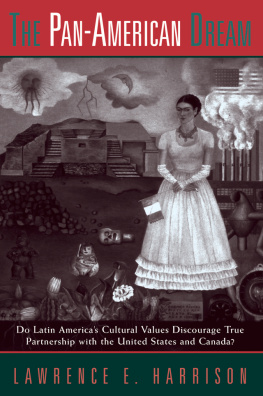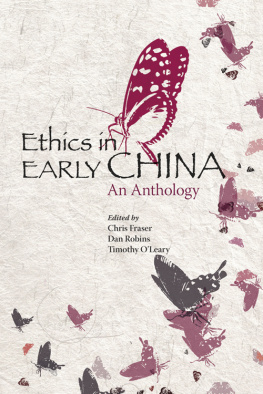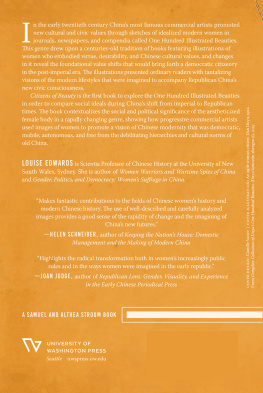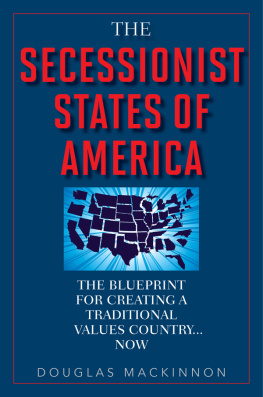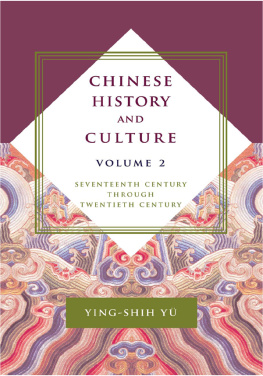First published 1994 by Westview Press, Inc.
Published 2019 by Routledge
52 Vanderbilt Avenue, New York, NY 10017
2 Park Square, Milton Park, Abingdon, Oxon OX14 4RN
Routlegde is an imprint of the Taylor & Francis Group, an informa business
Copyright 1994 Taylor & Francis
All rights reserved. No part of this book may be reprinted or reproduced or utilised in any form or by any electronic, mechanical, or other means, now known or hereafter invented, including photocopying and recording, or in any information storage or retrieval system, without permission in writing from the publishers.
Notice:
Product or corporate names may trademarks or registered trademarks, and are used only for identification and explanation without intent to infringe.
A CIP catalog record for this book is available from the Library of Congress.
ISBN 13: 978-0-813-32075-5 (hbk)
Because of our tradition, everyone here
knows who he is, and what
God expects him to do.
And who has the right
as master of the house
to have the final word
at home?
The papa, the papa. Tradition.
The papa, the papa. Tradition.
Who must raise the family,
and run the home,
so papa's free to read
the Holy Book?
The mama, the mama. Tradition.
The mama, the mam a. Tradition.
Sheldon Harnick, Fiddler on the Roof
Many starting points could be identified for this study. Reciprocal intellectual interest between China and the United States dates from the earliest contacts between these countries, in the nineteenth century. Reports to Western society on Chinese culture go back to Marco Polo. There have been anthropological studies of each culture by scholars from the other for most of this century. But the real stimulus for the present program of research has clearly been the Communist revolution in China and the consequent estrangement of theseerst while allies of World War II.
China and America are not yet back to a friendly relationship at the macropolitical level, but already there are many contacts in the spheres of commerce, science, tourism, and education. In a way this book represents a form of contact in itself in that the three co-authors who were born in China now work at American universities. This is a bicultural study by a mostly bicultural group of social scientists. At times we will rely here upon our own personal experiences and knowledge of the two cultures that we are comparing rather than simply basing our conclusions on the empirical survey data that are the basis of our research project.
We could identify an entirely different kind of starting point for the project as well. Each of the co-authors of this book is a scholar in the field of communication, and we are thus indebted to the founder of that newest of the social sciences. This means that we stand in debt to Wilbur Schramm (1907-1987), the founder of our field. Schramm was a professor of two of us (Chu and Chaffee) at Stanford University in the early 1960s. Later he helped to found the Communication Institute at the East-West Center, where the research project represented in this volume has been based. Were it not for Schramm, a pioneer in the study of international communication and of the impact of mass media on culture, it is inconceivable that the research we describe herein would have been conducted. This book is dedicated to his memory.
China and the United States will be the major players in the coming Pacific era. Americans and Chinese need to understand each othernot only their different economic and political systems but, more fundamentally, their respective cultures. What common values do they share? On what values do they differ? This need is urgent because the little each knows of the other has probably been rendered invalid by what has happened in the two countries in the last half-century, particularly the Cultural Revolution in China and the soul-searching aftermath of the Vietnam War in the United States. This book is an effort to advance this process of mutual understanding between two former allies after their prolonged separation.
The research that produced this book would not have been possible without the generous support of many of our colleagues. We would particularly like to acknowledge the contributions of those who helped draft the instrument for the China survey: Francis Hsu, an anthropologist; Wang Gung-wu, a historian; Ambrose King, a sociologist; and Anthony Yu, a specialist in religious studies in China. Many Chinese scholars, especially Professor Xu Zhen of Fudan University, helped implement the field survey in China. Of the many American colleagues who participated in this research, we especially want to express our gratitude to Gary Heald, Jae-won Lee, Jack Mcleod, John Mayo, Pamela Shoemaker, Leslie Snyder, and Diana Stover Tillinghast for implementing the data collection in the United States.
Other than Fudan University in China, six American universities provided support for the research reported here: Stanford University, San Jose State University, University of Texas at Austin, Cleveland State University, University of Wisconsin-Madison, University of Connecticut, and Florida State University.
Funding for the research in China and the United States came primarily from a generous grant by Mary and Laurance Rockefeller, with supplementary funding from the East-West Center, Honolulu, Hawaii, administered by Victor Li, then president of the East-West Center, and Mary Bitterman, then director of its Institute of Culture and Communication. The research in China and the United States was part of the Institute's project on cultural change in Asia and America. Michael E. Macmillan, senior editor of the Center's Program for Cultural Studies, provided editorial advice and prepared the camera-ready copy for this book. To all of them, we express our heartfelt appreciation.
The views and interpretations presented in this book are entirely those of the co-authors and are not necessarily shared by any of the cooperating scholars or institutions or the funding sources. We as co-authors, individually and collectively, bear full responsibility for any errors in facts or interpretation.
Zhongdang Pan
Steven H. Chaffee
Godwin C. Chu
Yanan Ju


